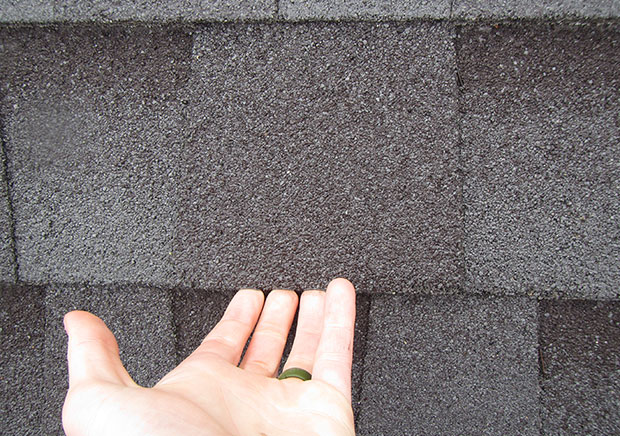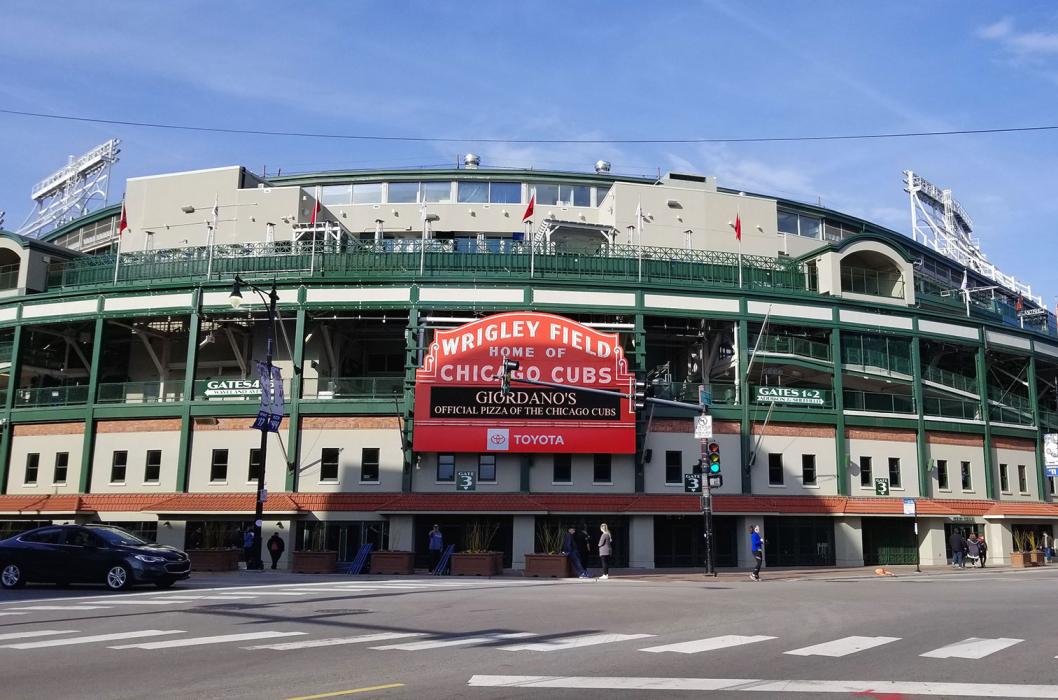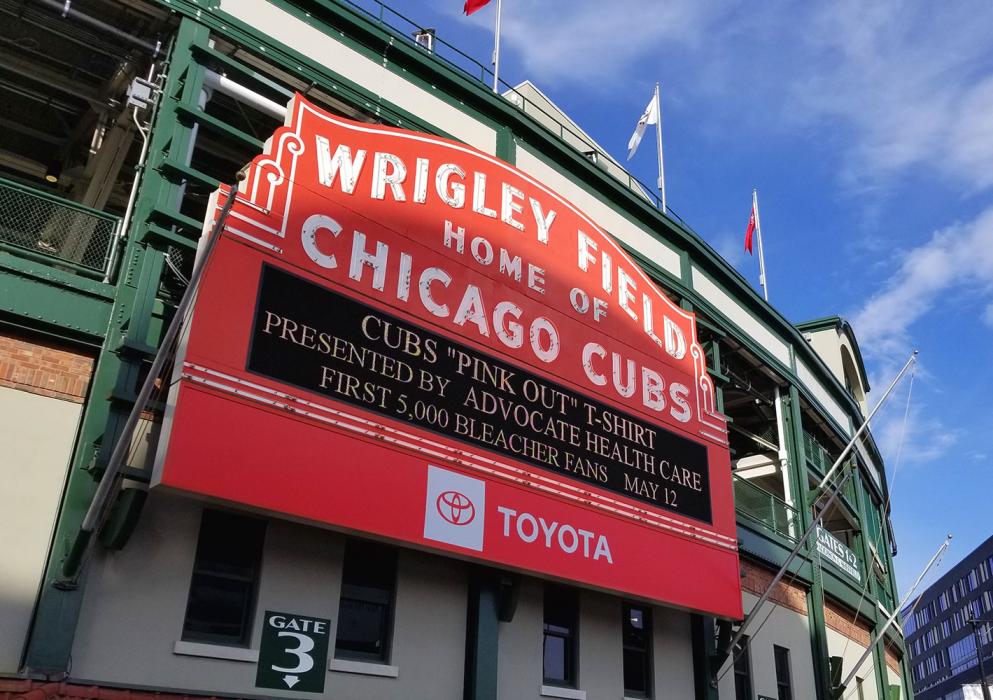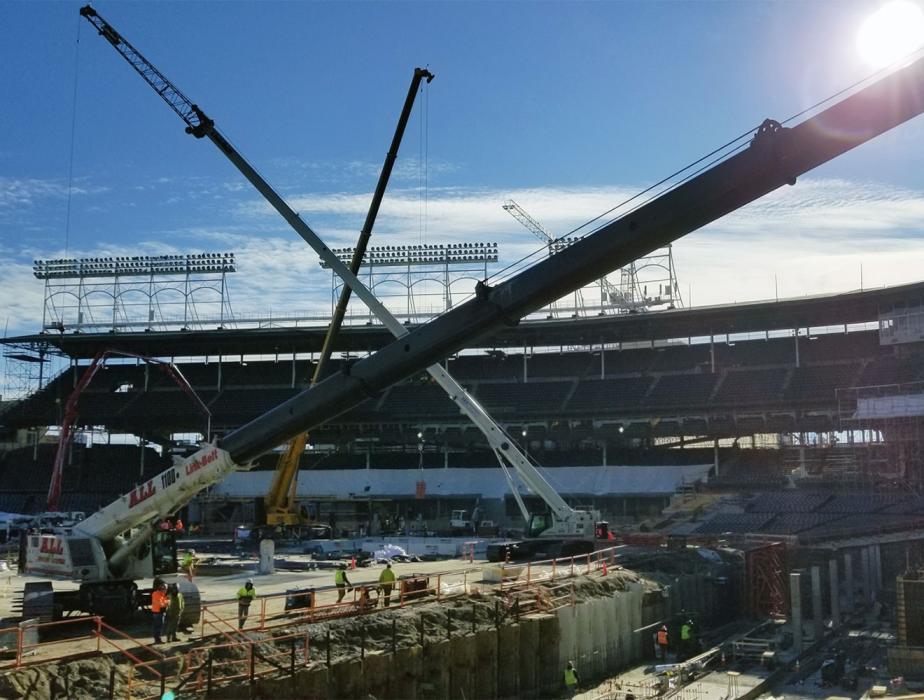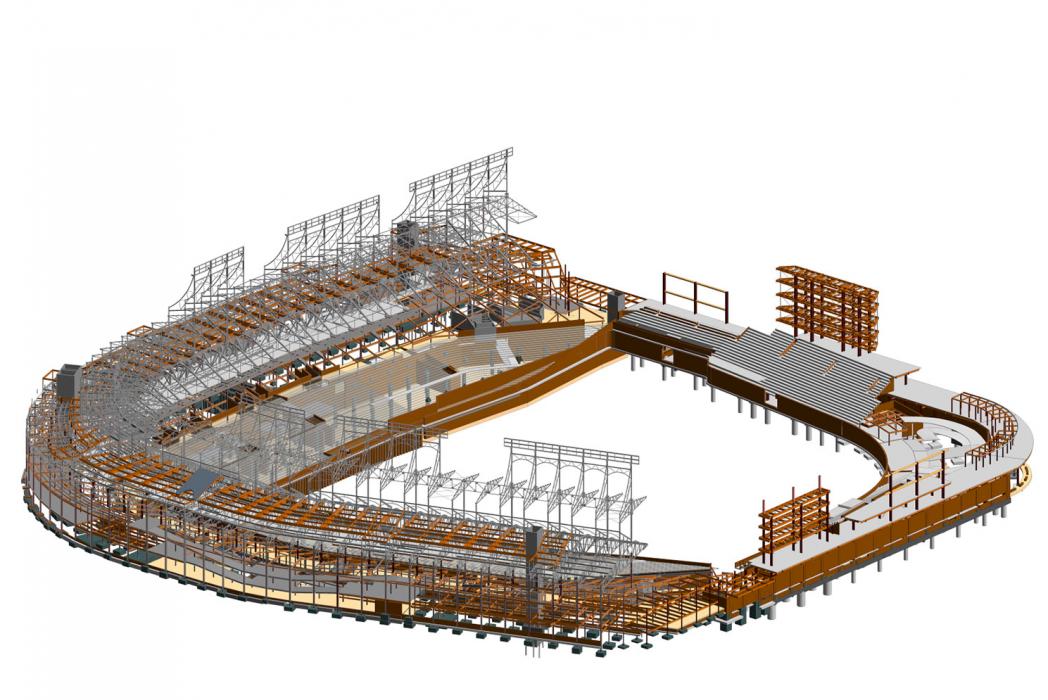
Wrigley Field, The 1060 Project
From its iconic red marquee to the ivy-covered brick walls and hand-turned scoreboard, few sports structures are as instantly recognizable as Chicago’s Wrigley Field.
Modernizing a Century Old Sports Icon
From its iconic red marquee at the ballpark’s entrance to the ivy-covered brick walls and hand-turned scoreboard in the outfield, few sports structures in North America are as instantly recognizable as Chicago’s Wrigley Field. Opened in 1914 and the second oldest ballpark in MLB, Wrigley Field is feeling like one of the newest thanks to the “1060 Project,” an multiyear renovation designed to preserve Wrigley Field’s beauty, charm and historic features while updating and improving the ballpark for fans, players and the community.
We provided structural design and construction engineering services to ICON, Populous and Stantec for the renovation that has been implemented during the offseason starting with the end of the 2014 regular season.
Highlights
- Phase 1 strengthened the left field grandstand foundations and rebuilt the ballpark’s outfield bleacher seating sections. The bleacher work added 300 seats and 300 standing positions, new concessions on the ground level concourse, and two large video boards - one 3,990 square feet in left field and one 2,400 square feet in right field.
- Phase 2 renovations included new amenities at the upper-level concourse; a new 30,000-square-foot clubhouse located below the exterior plaza and connected by a new tunnel to the dugout and structural strengthening and repairs to the left field grandstand.
- Phase 3 continued the strengthening and repair work of the prior phases, primarily in right field. This work included reconstruction of the mezzanine and ramps, and the addition of new lateral bracing. Additionally, extensive reinforcement of the main roof trusses was undertaken to accommodate future party decks and suite expansions scheduled for upcoming phases.
- A new basement under the lower seating bowl was constructed behind home plate in Phase 3 and extended into left and right field in Phase 4 to accommodate new clubs, suites and team support spaces including new dugouts. Expansion of the suites began behind home plate as strengthening and repairs continued in right field.

- Phase 4 also included further strengthening grandstand foundations, columns and trusses to accommodate increased loading from expanded suites, party decks, restrooms, modified ramps/stairs and other improvements.
- Lastly, Phase 5 completed the suite expansions and the work in right field, new party decks, replacement of the main roof structure and new structure to add seating and connectivity between the grandstand and the bleachers.
- Strengthening the original, century-old stadium had its challenges. To meet current gravity and wind loads, the grandstand’s lateral system was augmented with reinforced columns and new bracing. Existing columns, trusses and foundations were strengthened to accommodate future expansion of the upper deck.
- Our innovative approach to truss reinforcement allowed the truss connections to be retrofitted without shoring. The approach included temporary welds to allow the existing rivets to be removed. Next, custom profiled gusset plates were laser cut based on the actual truss geometry and hole layout. The rivets were then replaced with high strength bolts, followed by reinforcement of the truss members. The final product has the added benefit of minimal visual impact.
- Corroded structural steel framing and deteriorated concrete were also repaired. A significant portion of the distress was due unintended restraint at the precast concrete stadia connections to the supporting steel rakers. We developed a unique approach to retrofit these connections in lieu of replacing the precast which was in otherwise good condition. Our repair encapsulated the steel raker in concrete which provided additional strength to the raker and new support for the precast stadia. On the top surface, the joint in the precast was filled with grout allowing carbon fiber strips to bridge the joint. The overall system completed the diaphragm, eliminating the need for costly steel bracing.
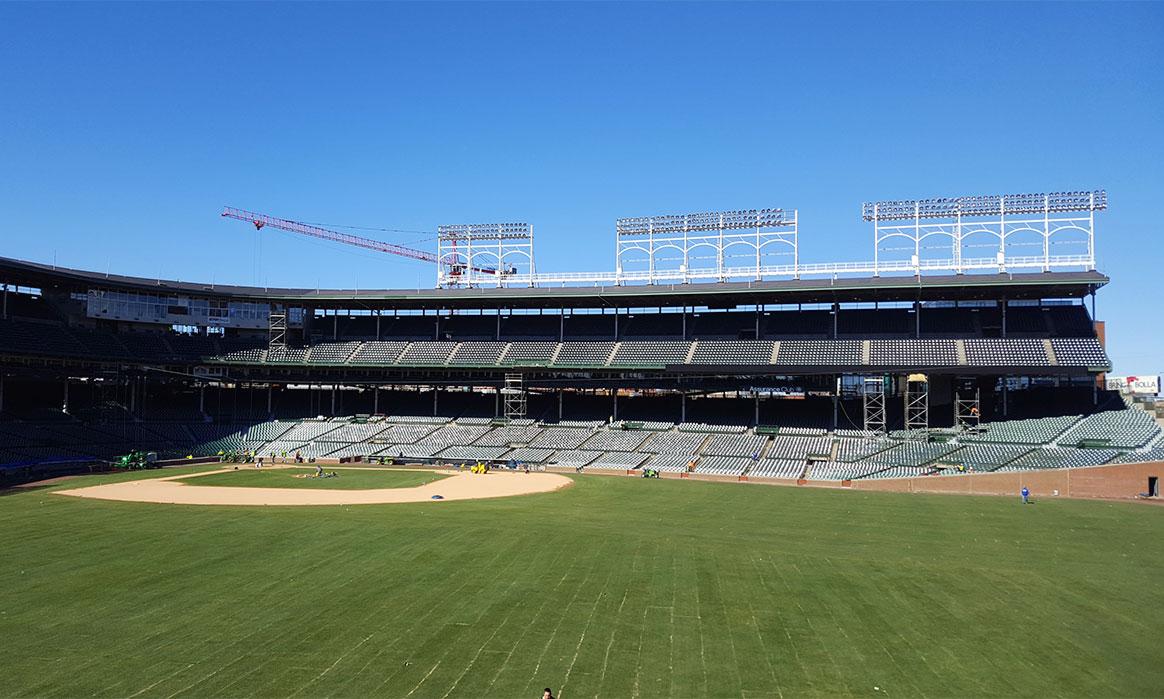
Our Team







